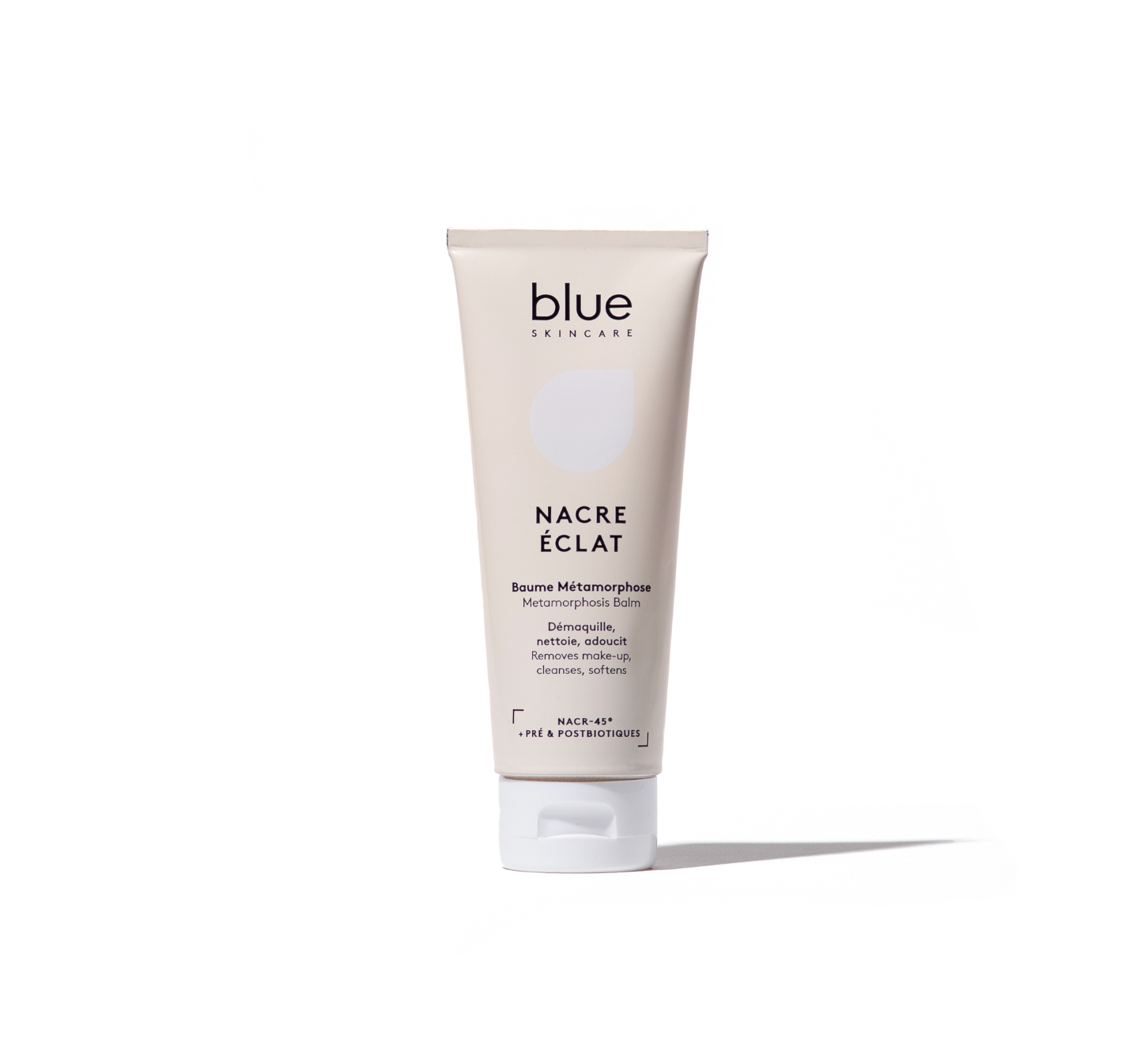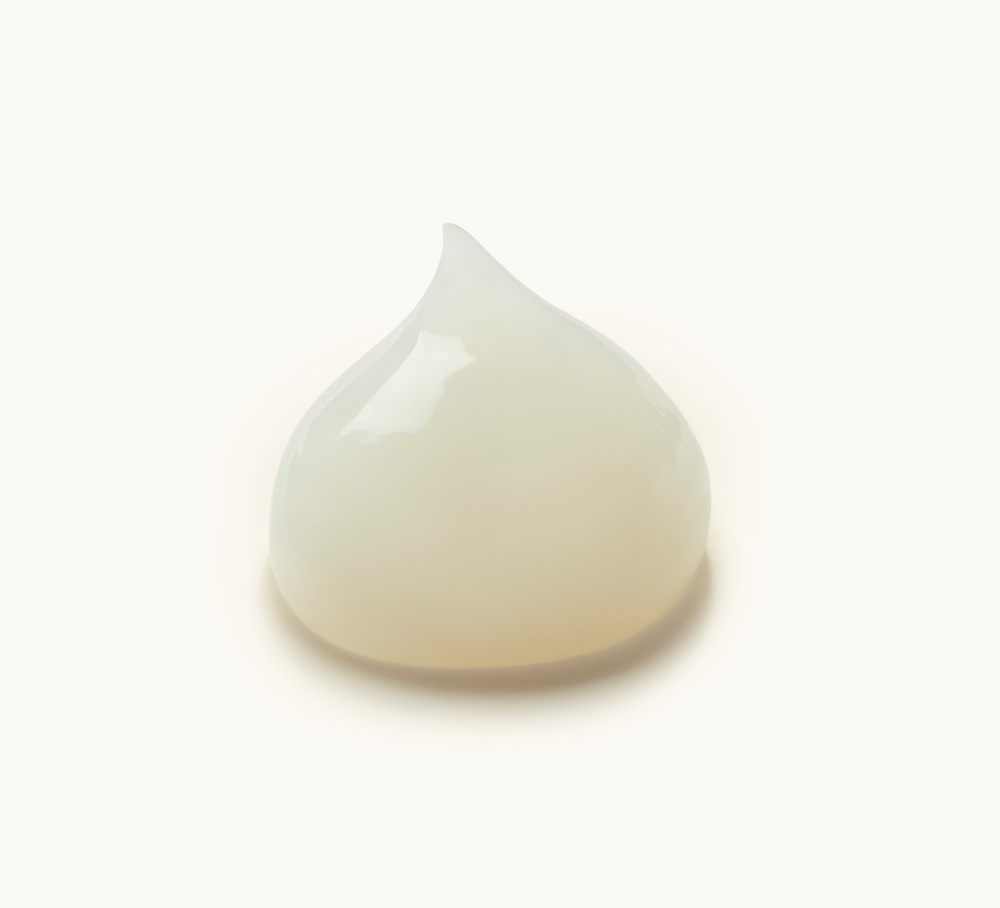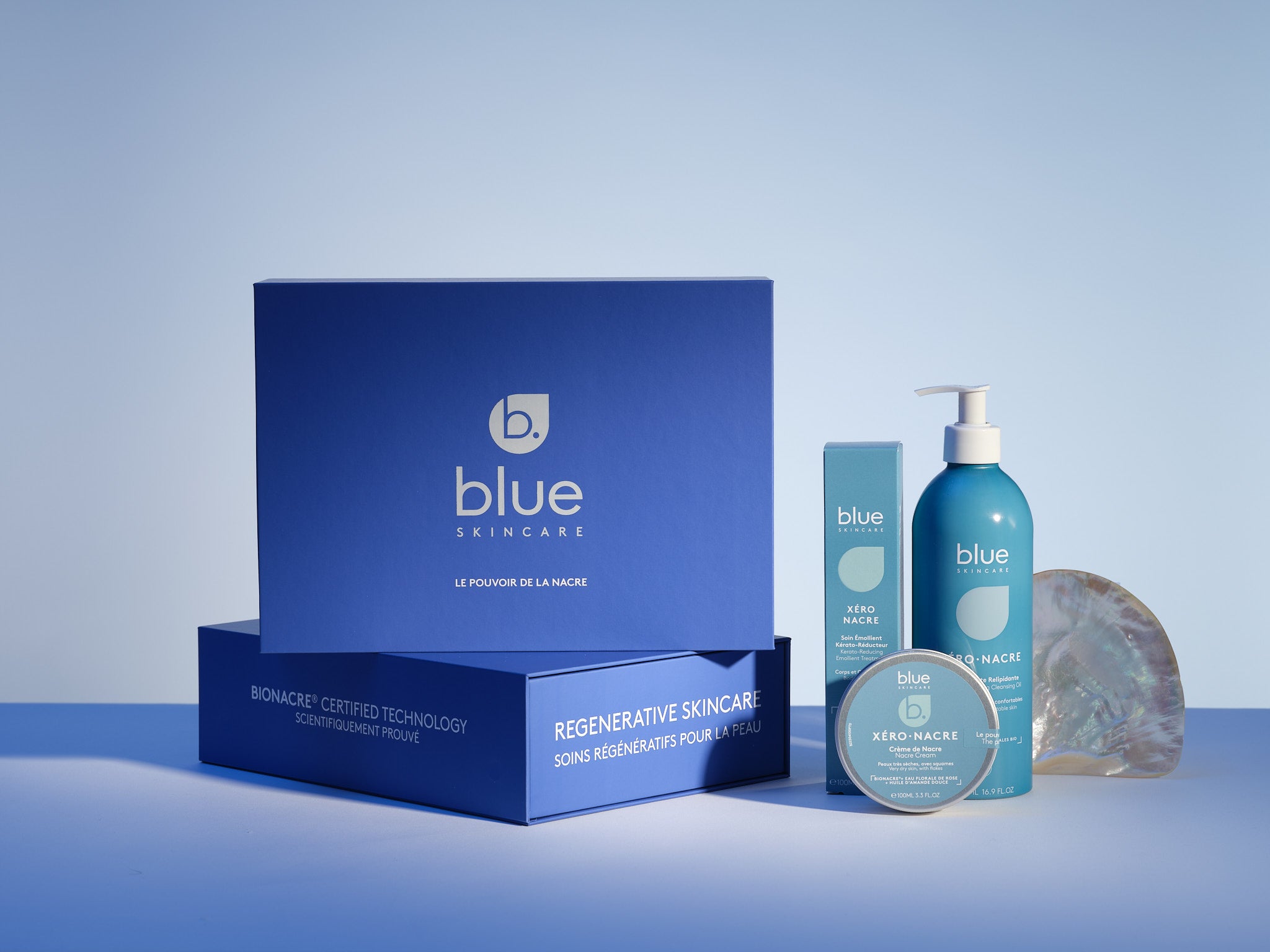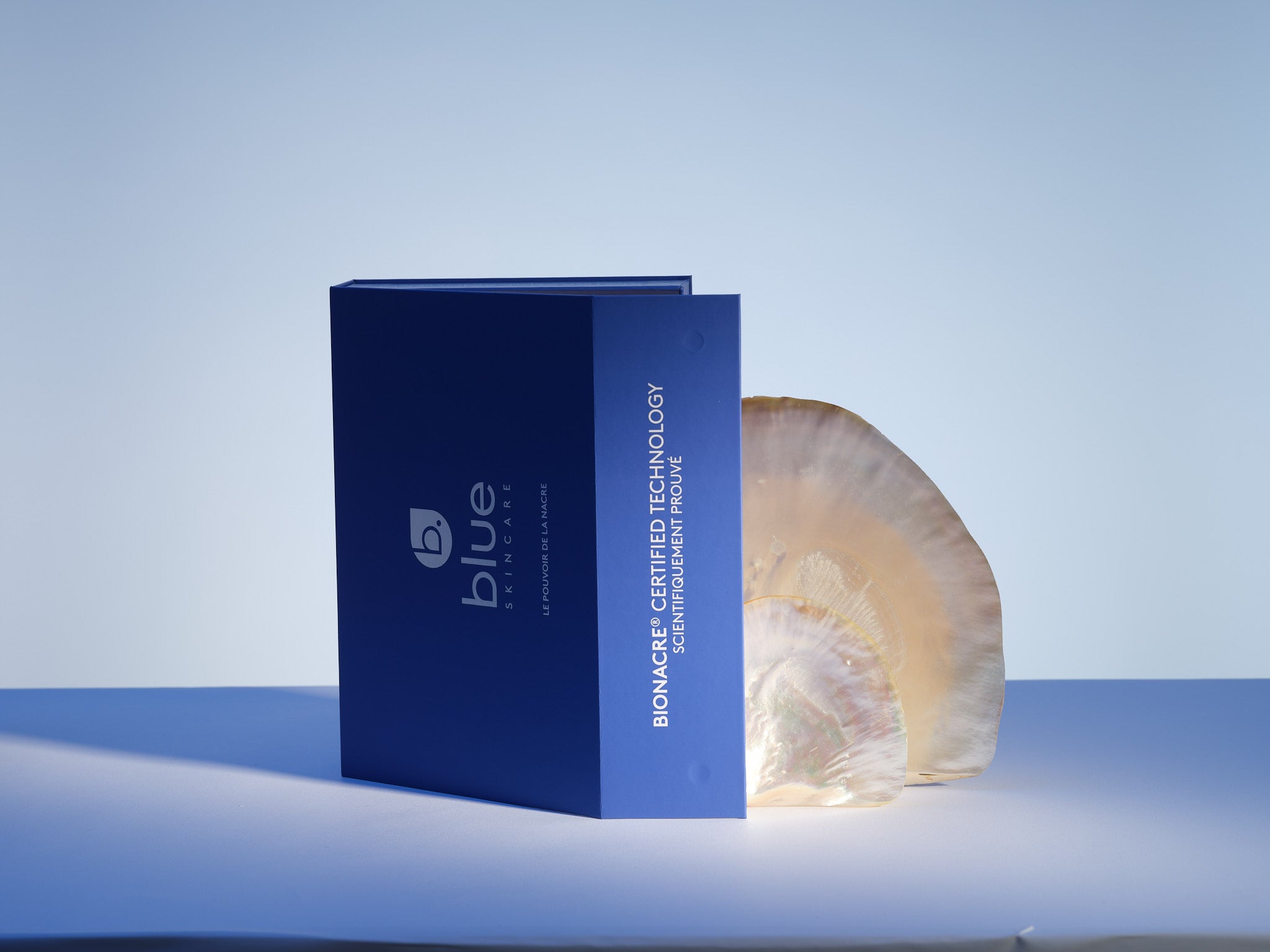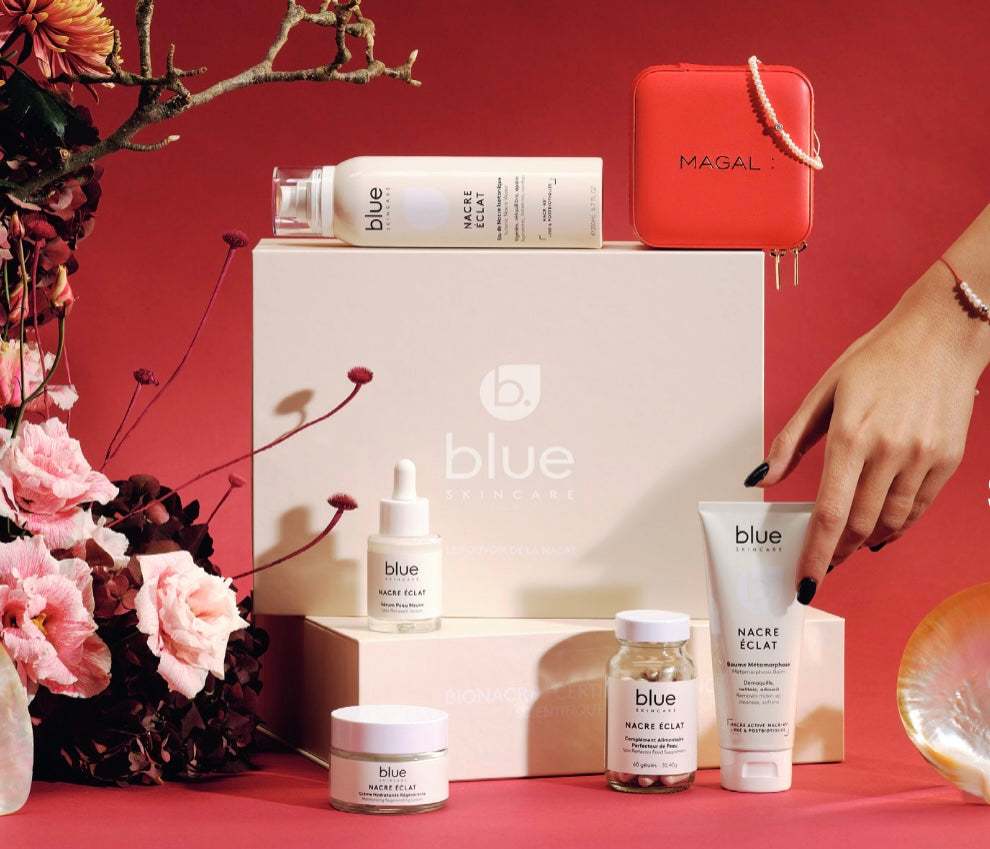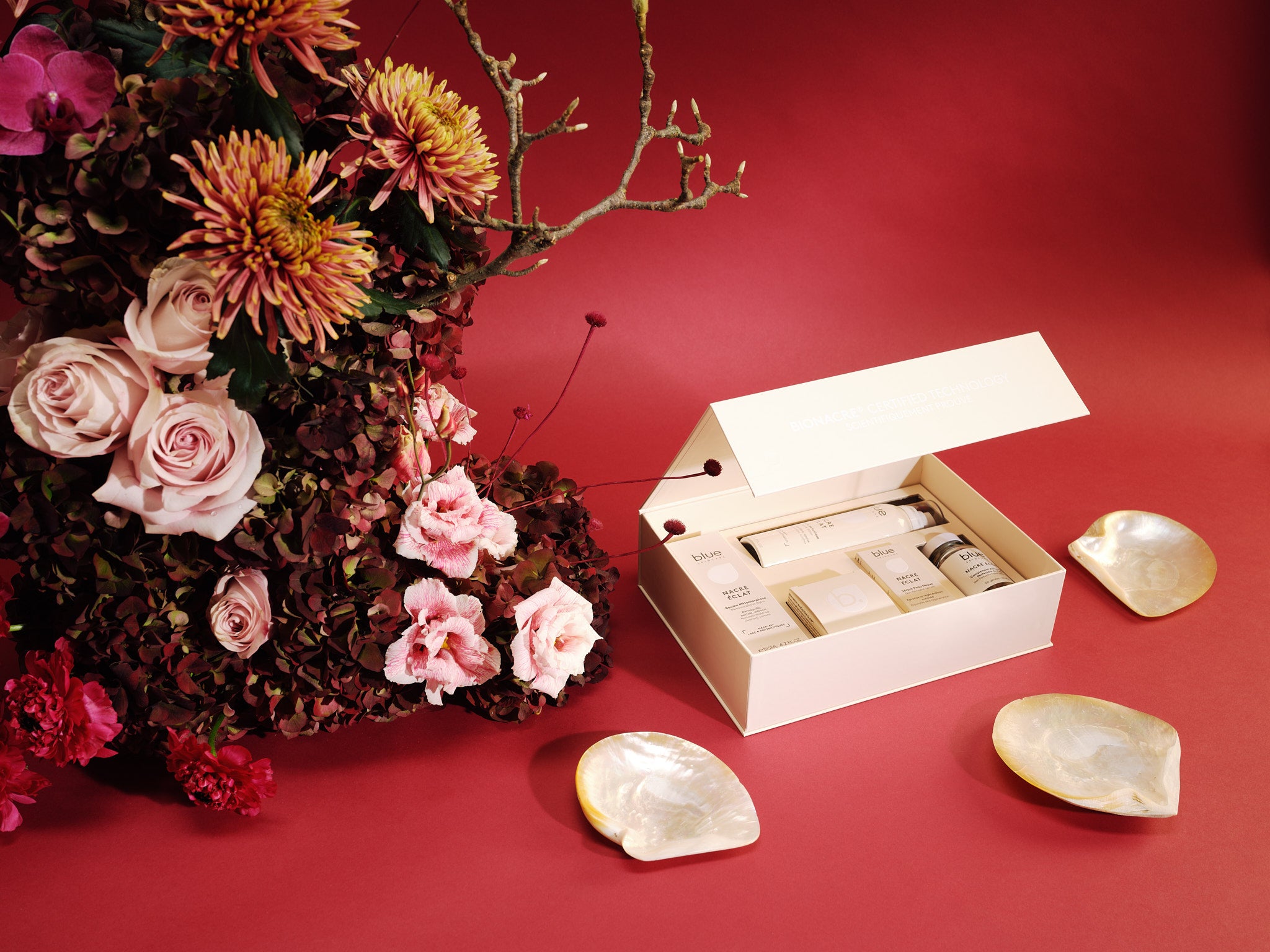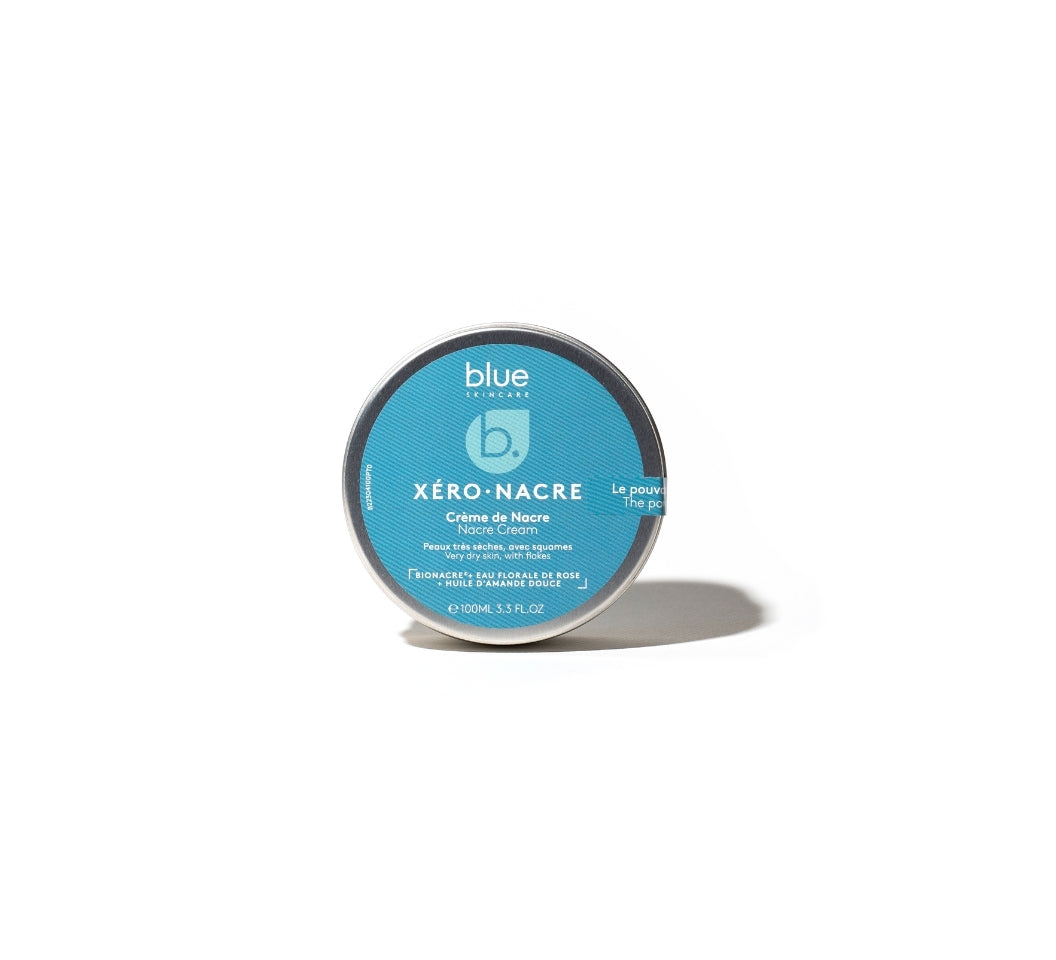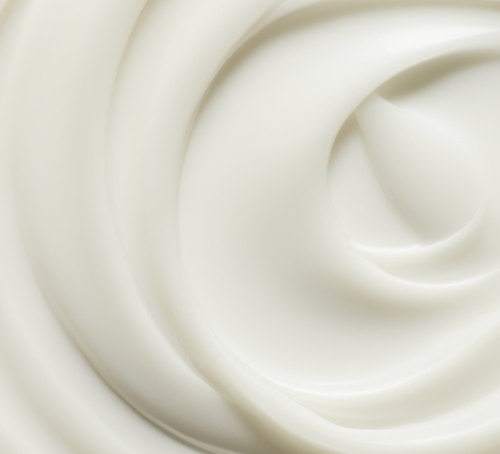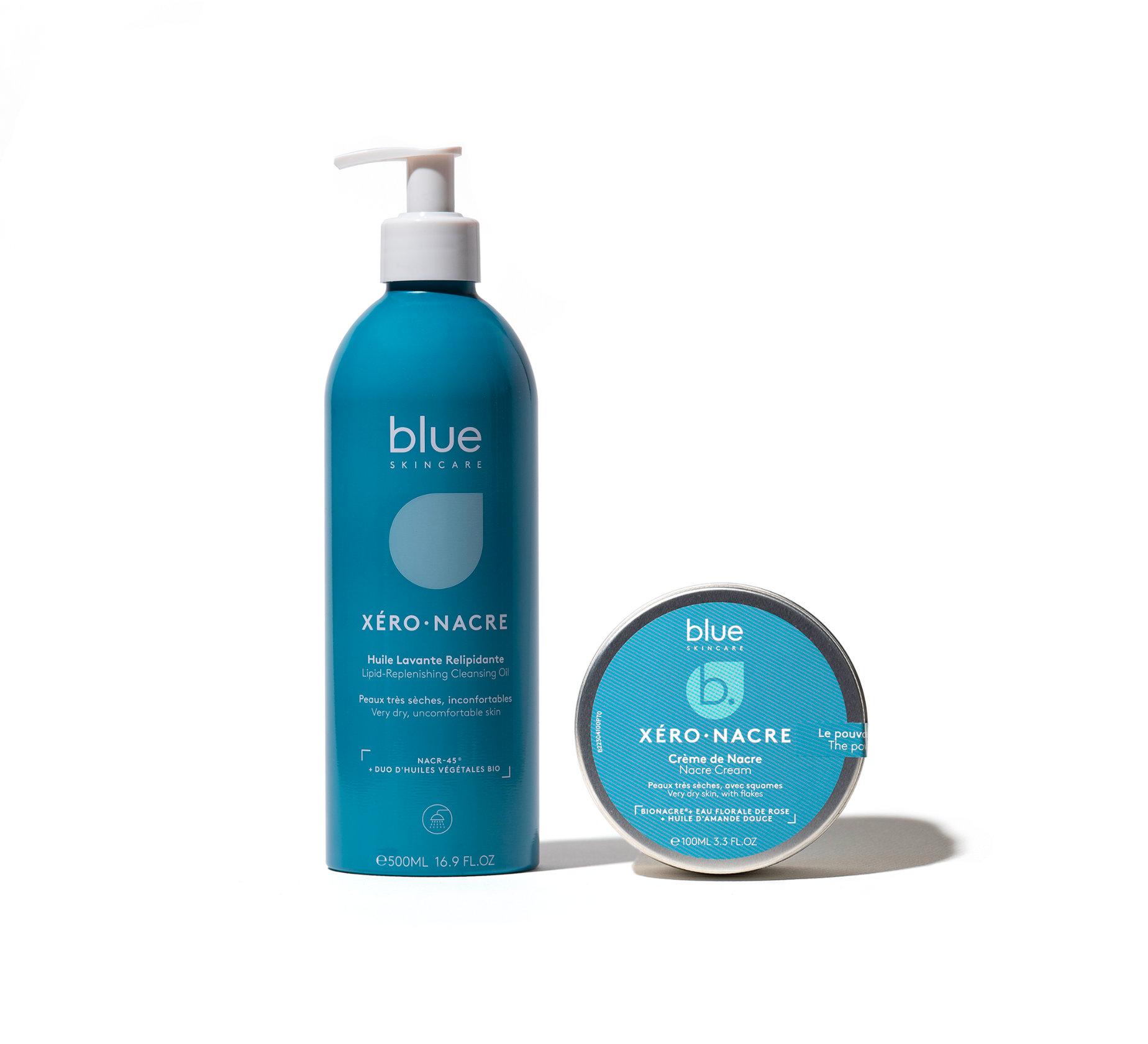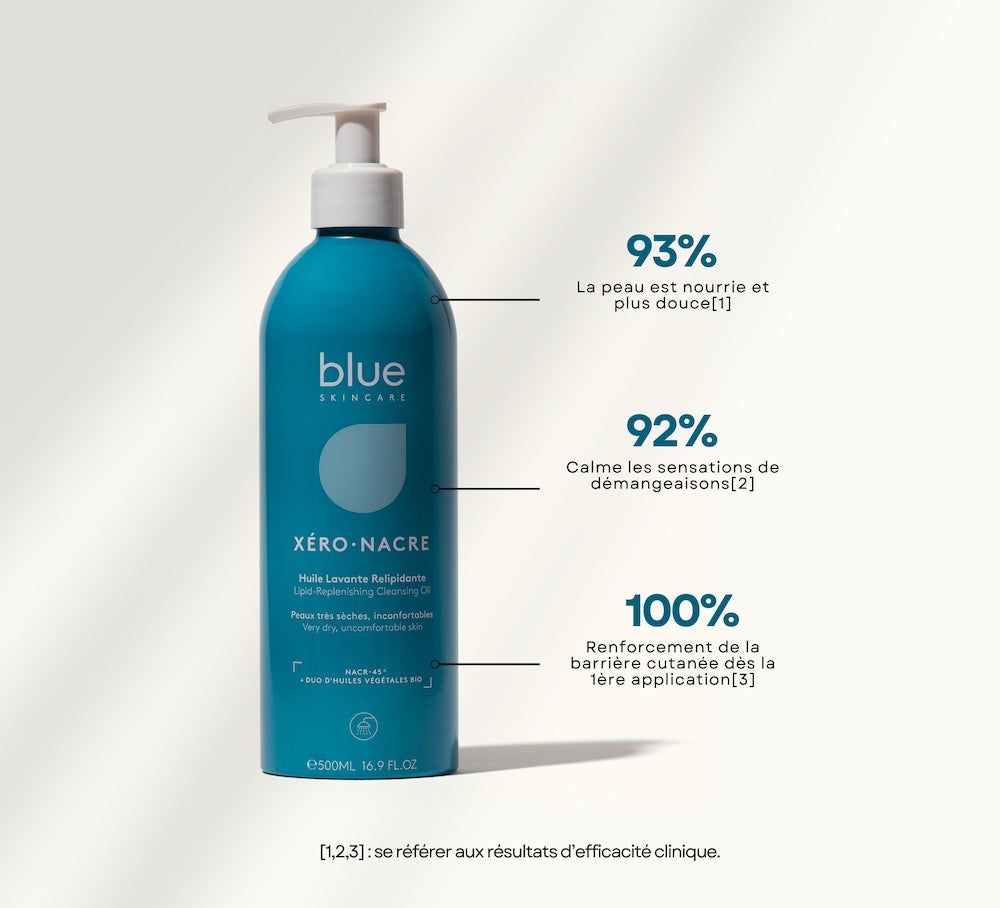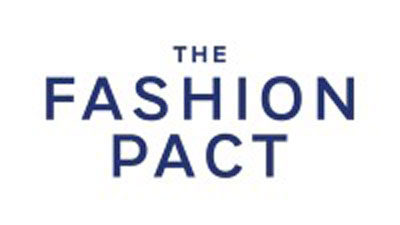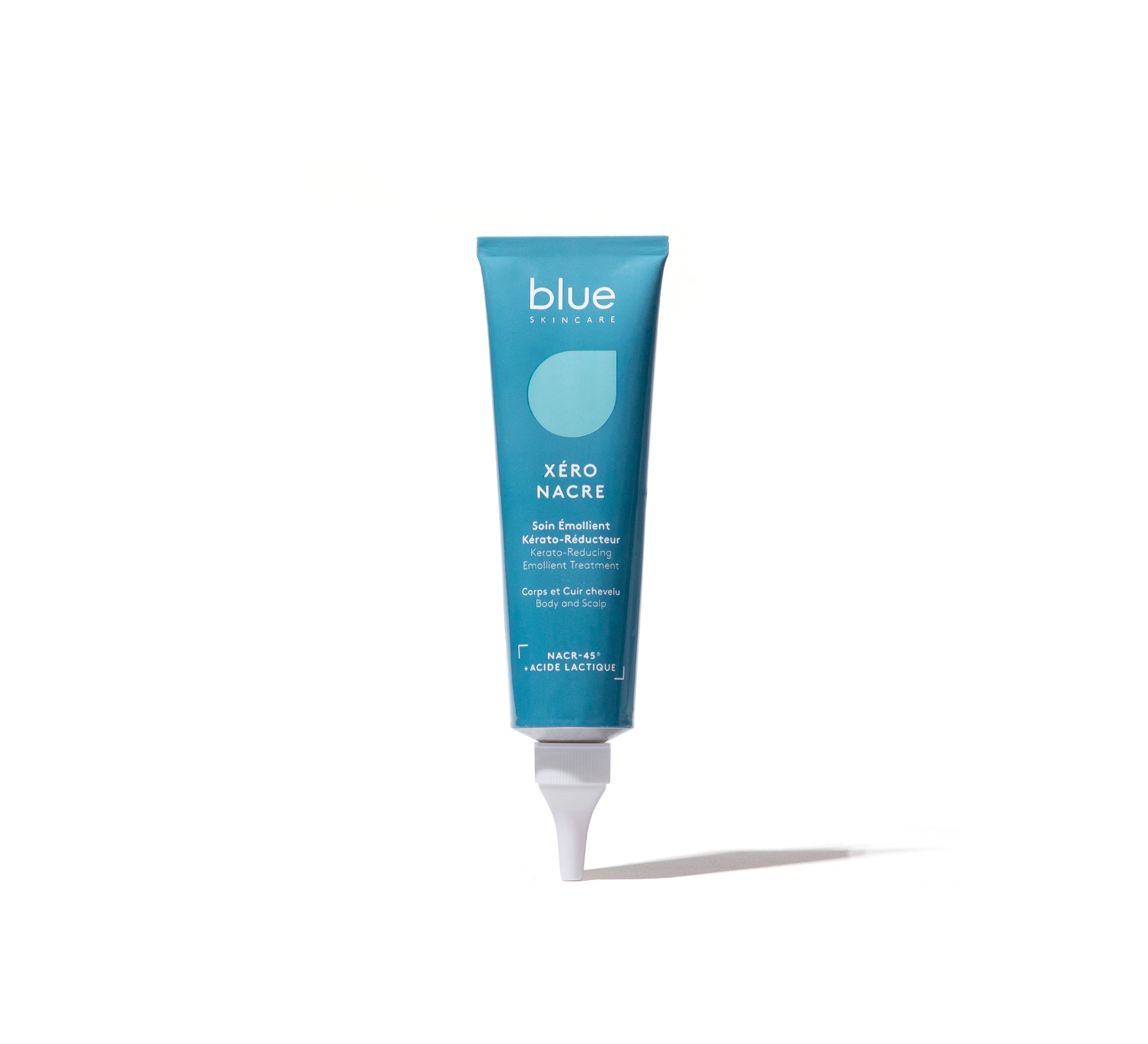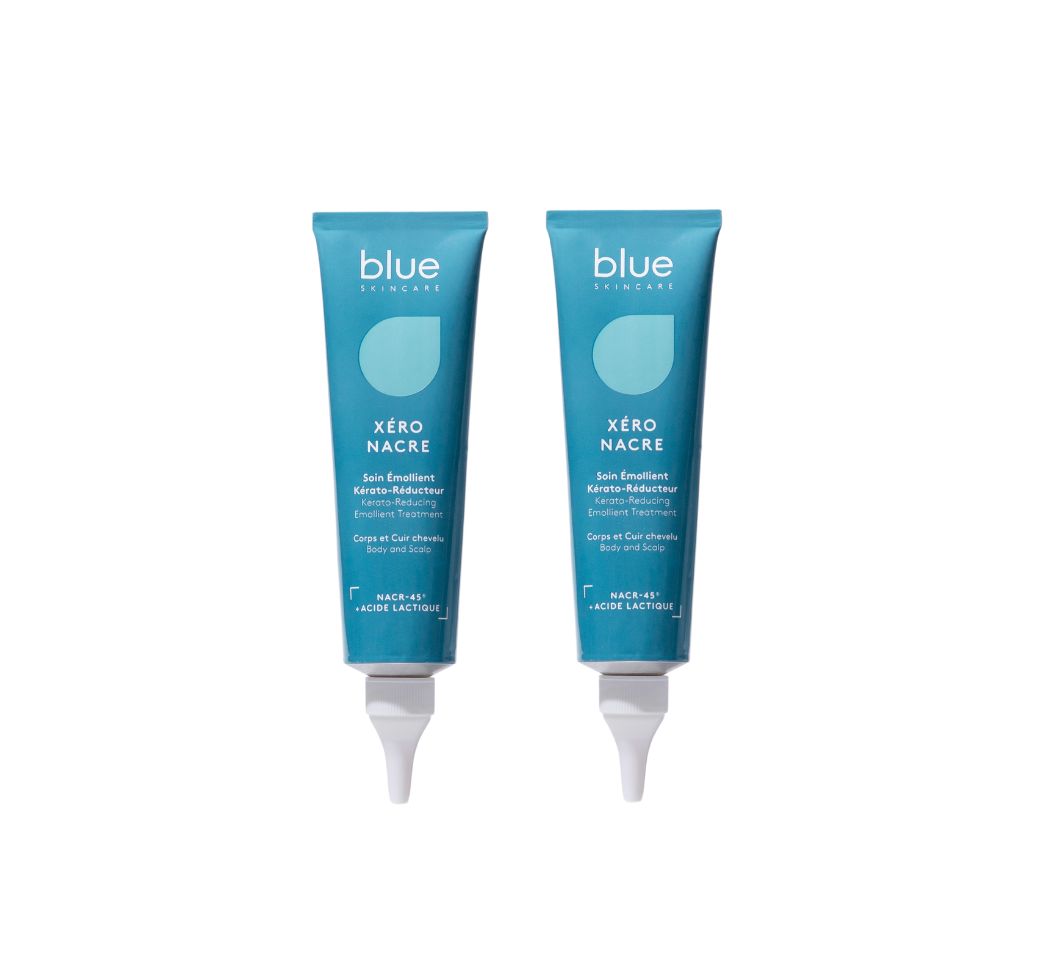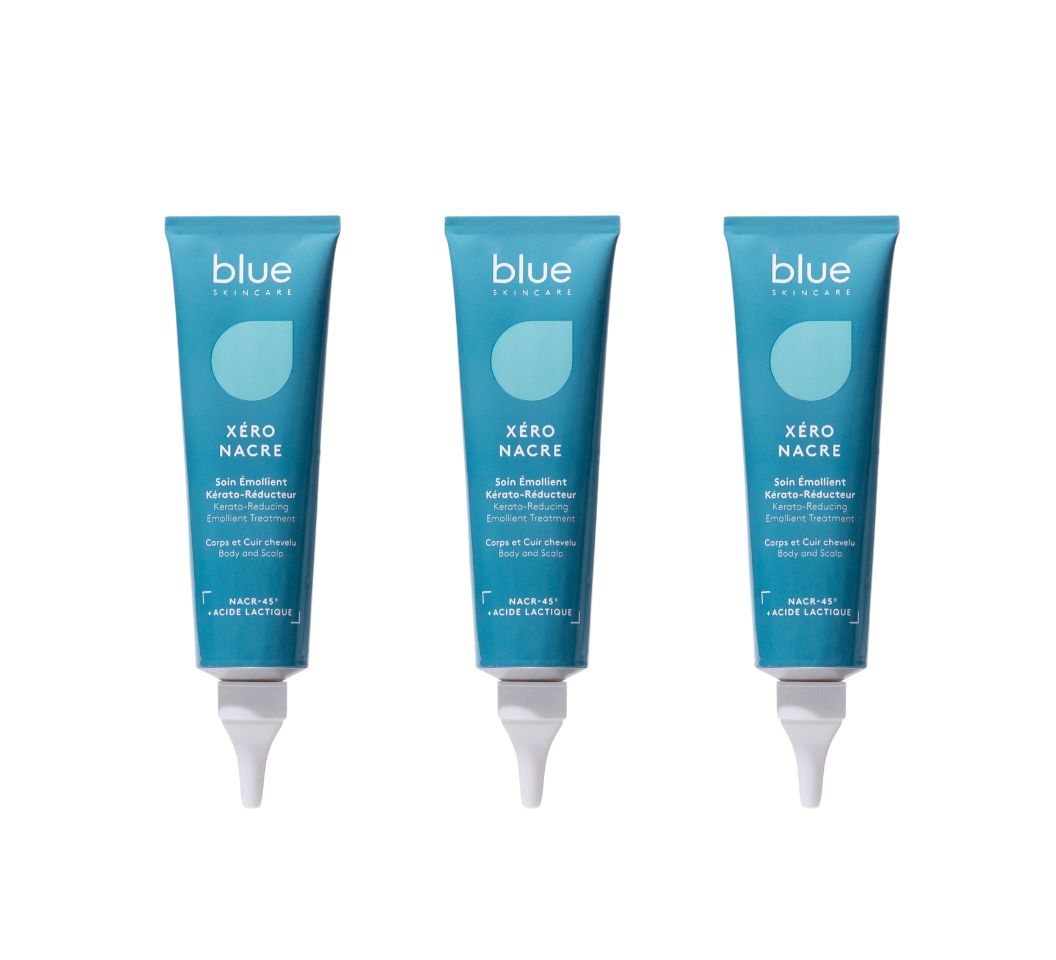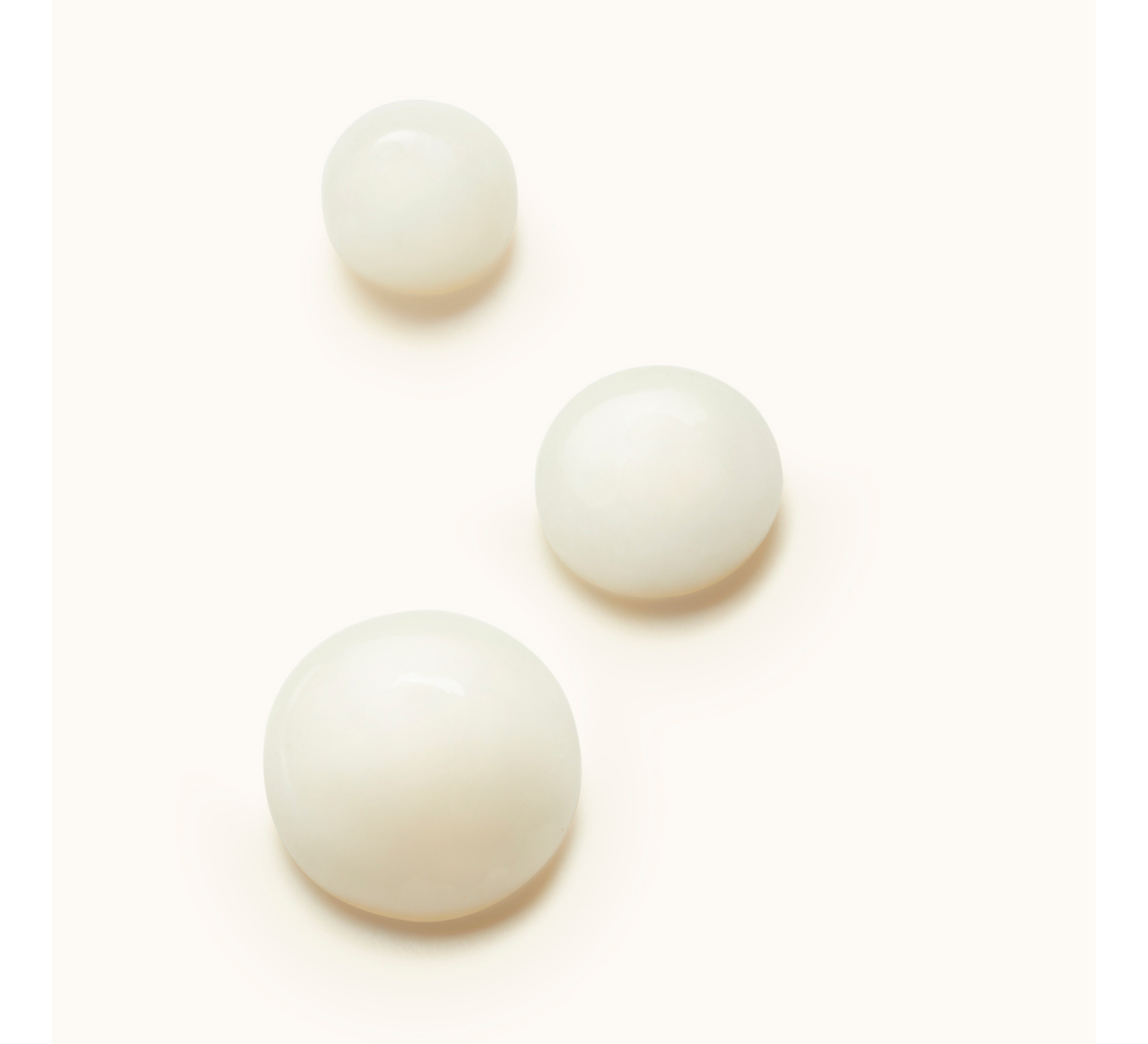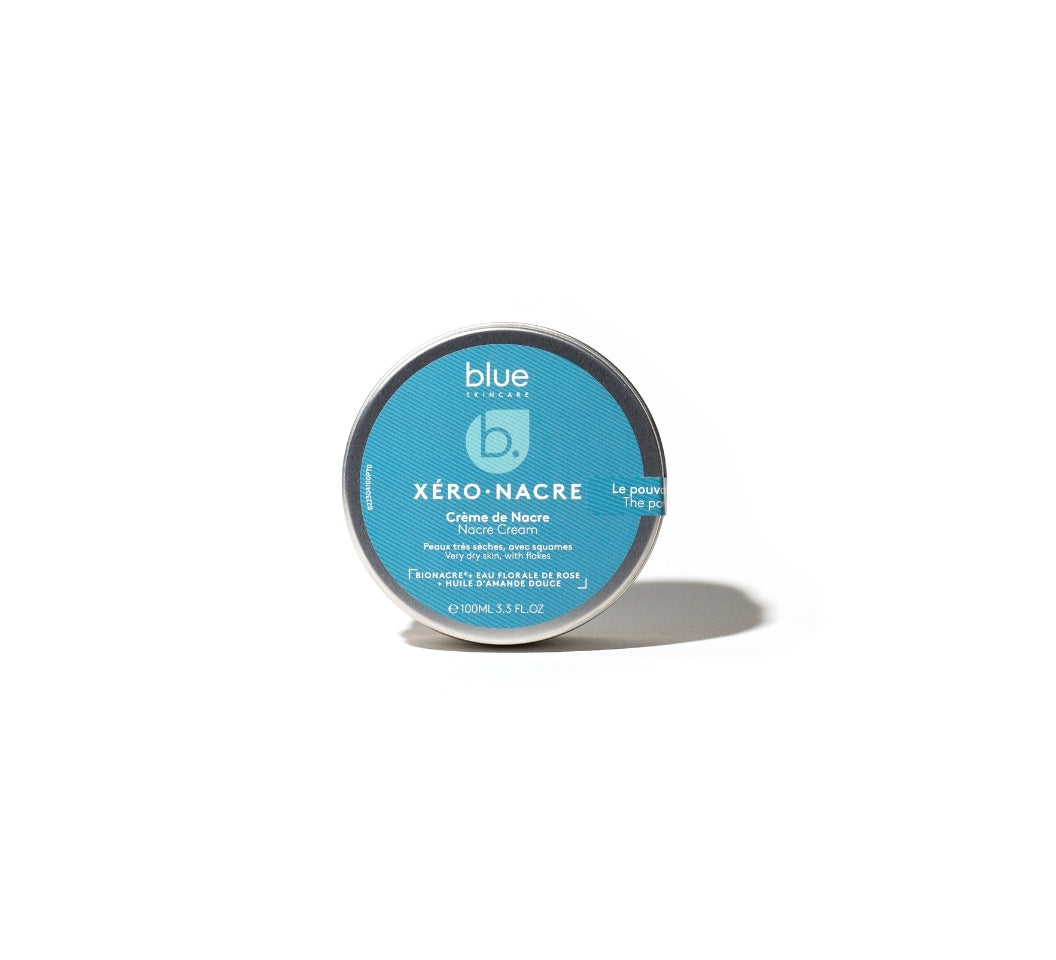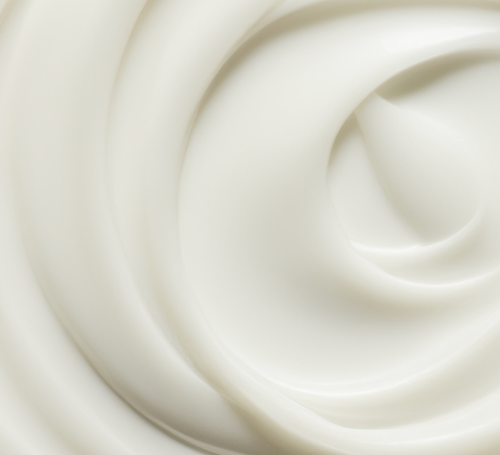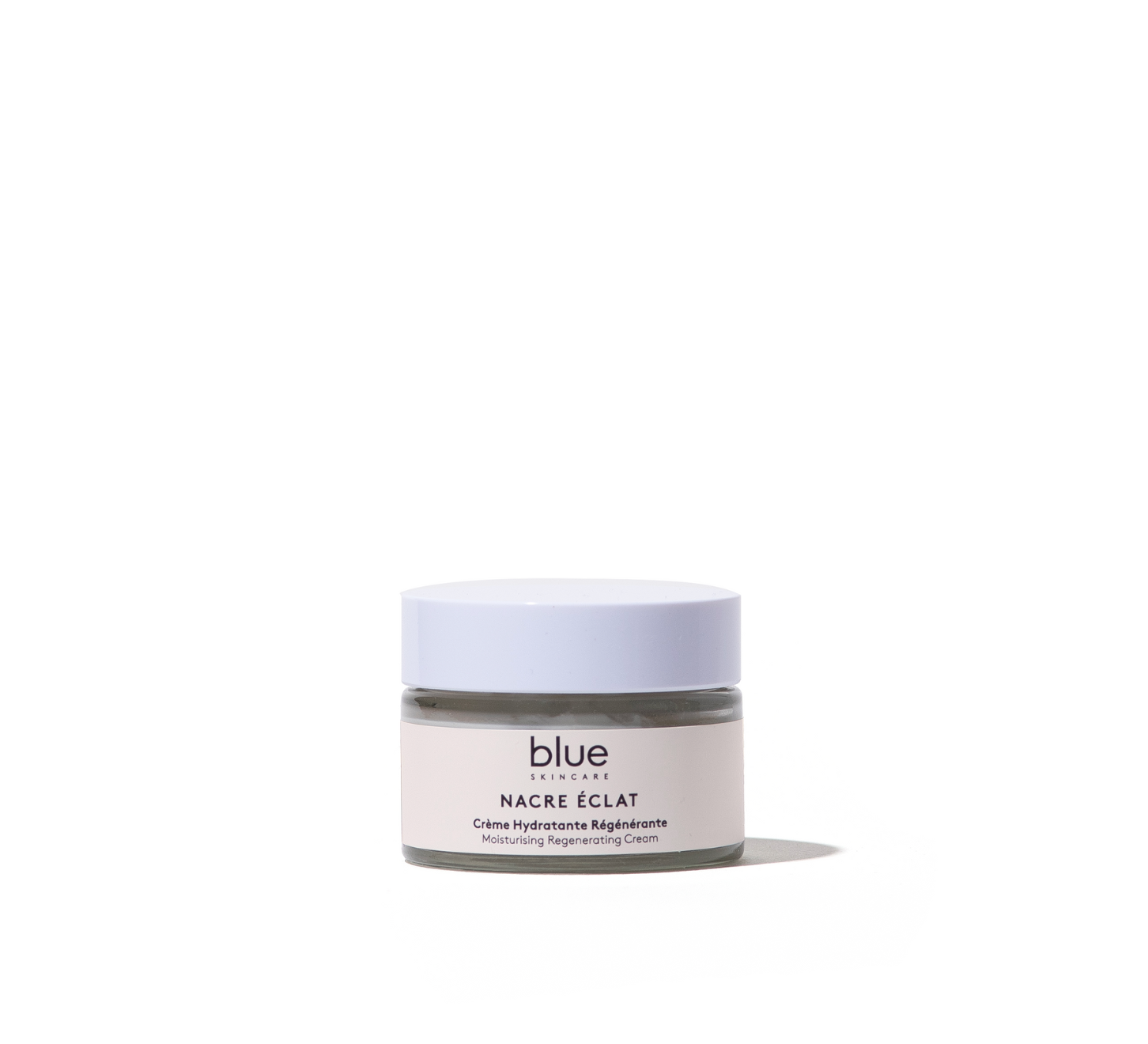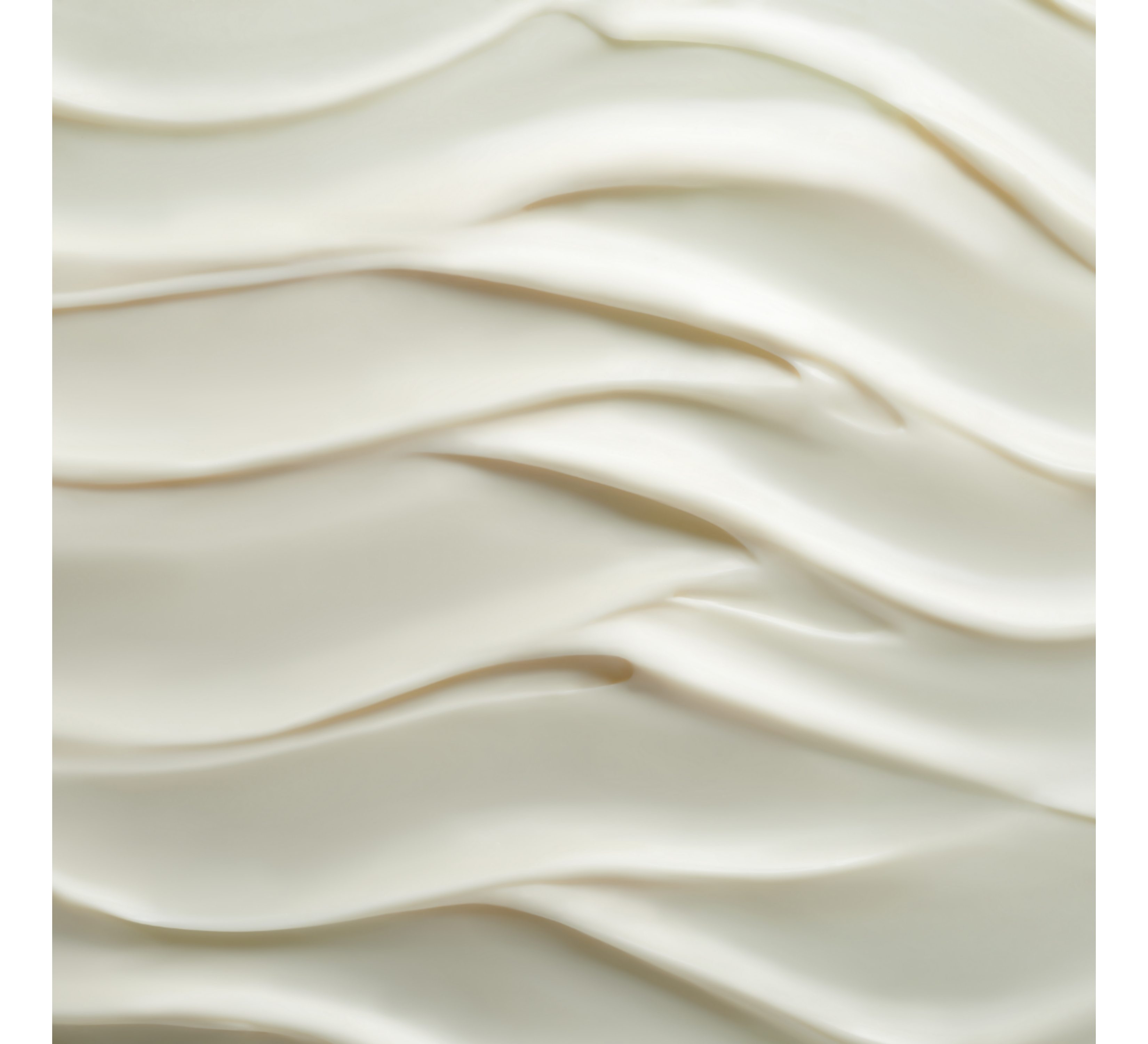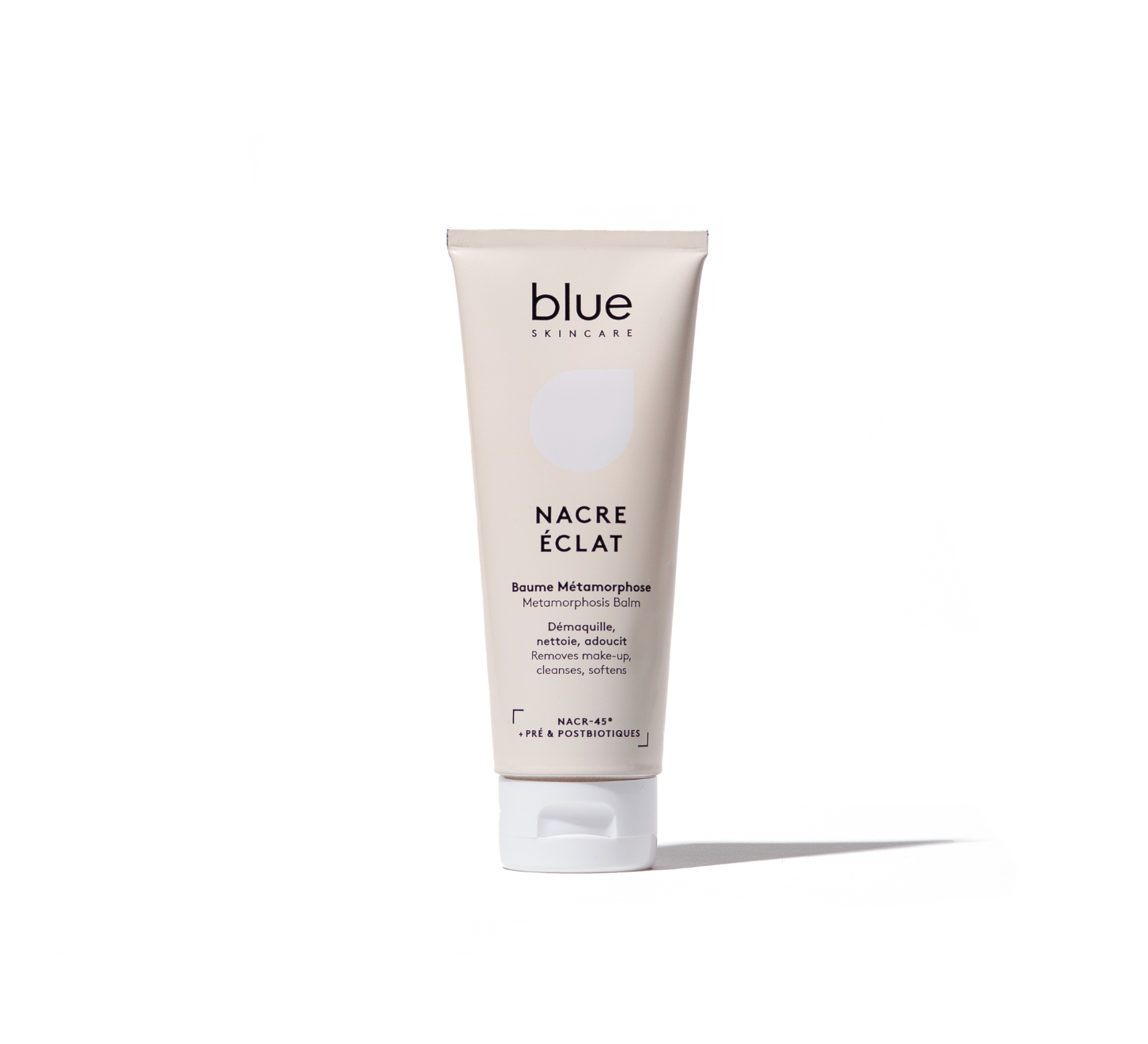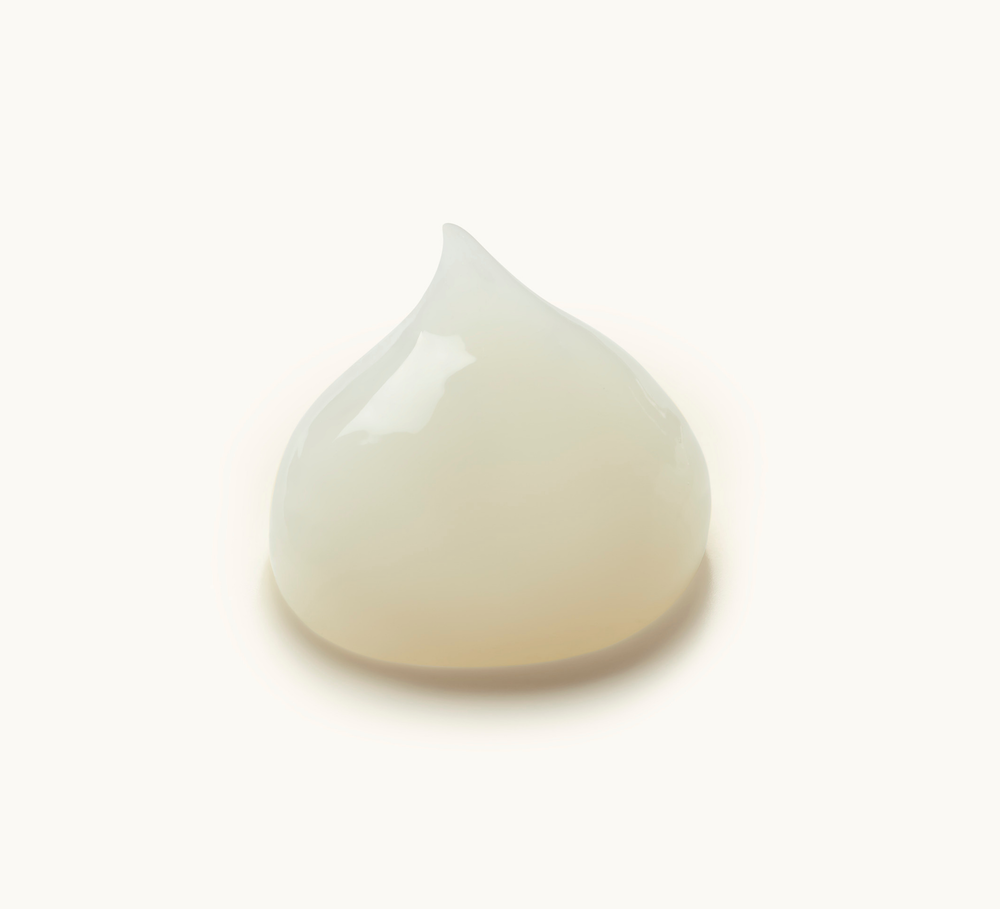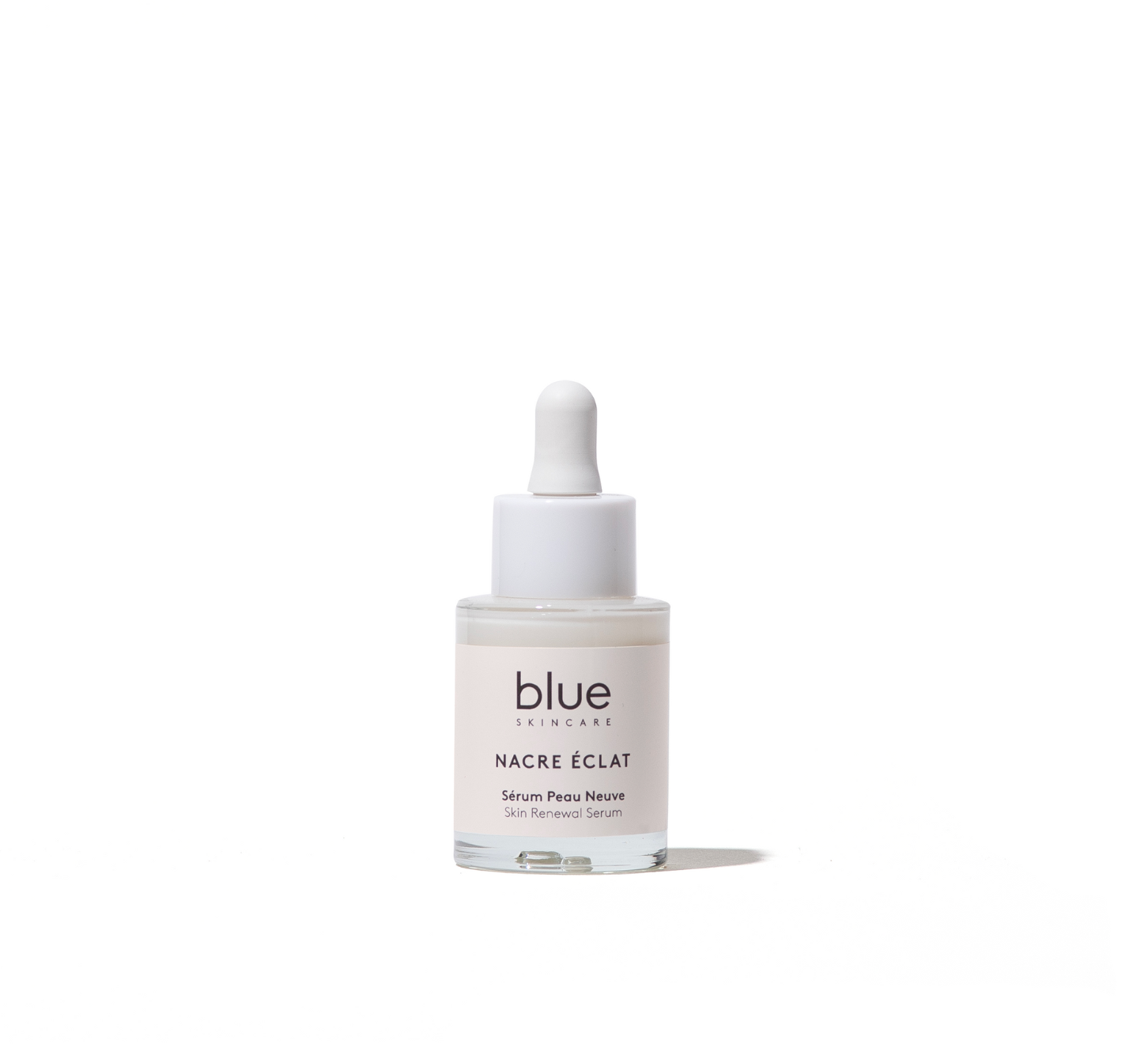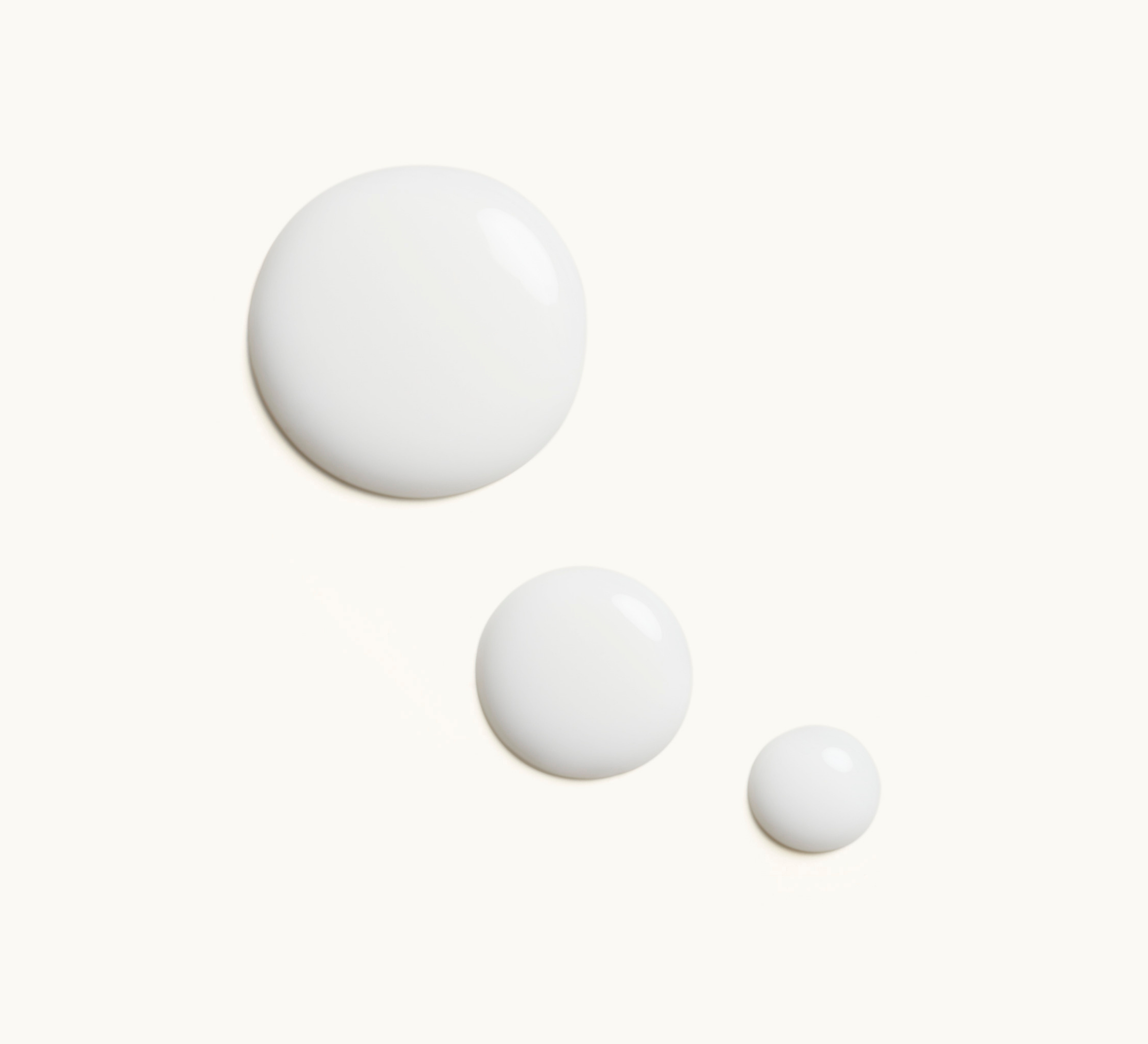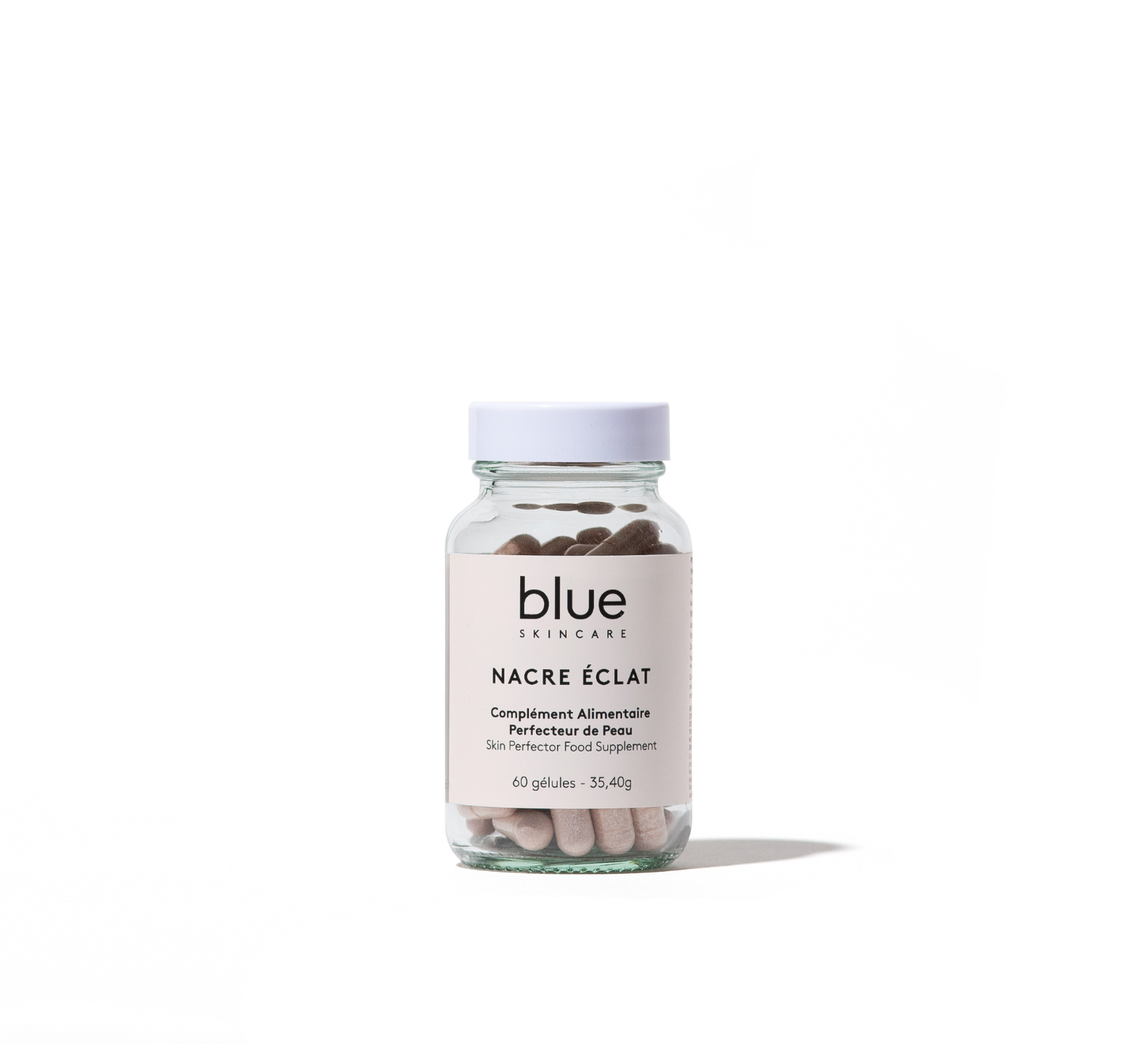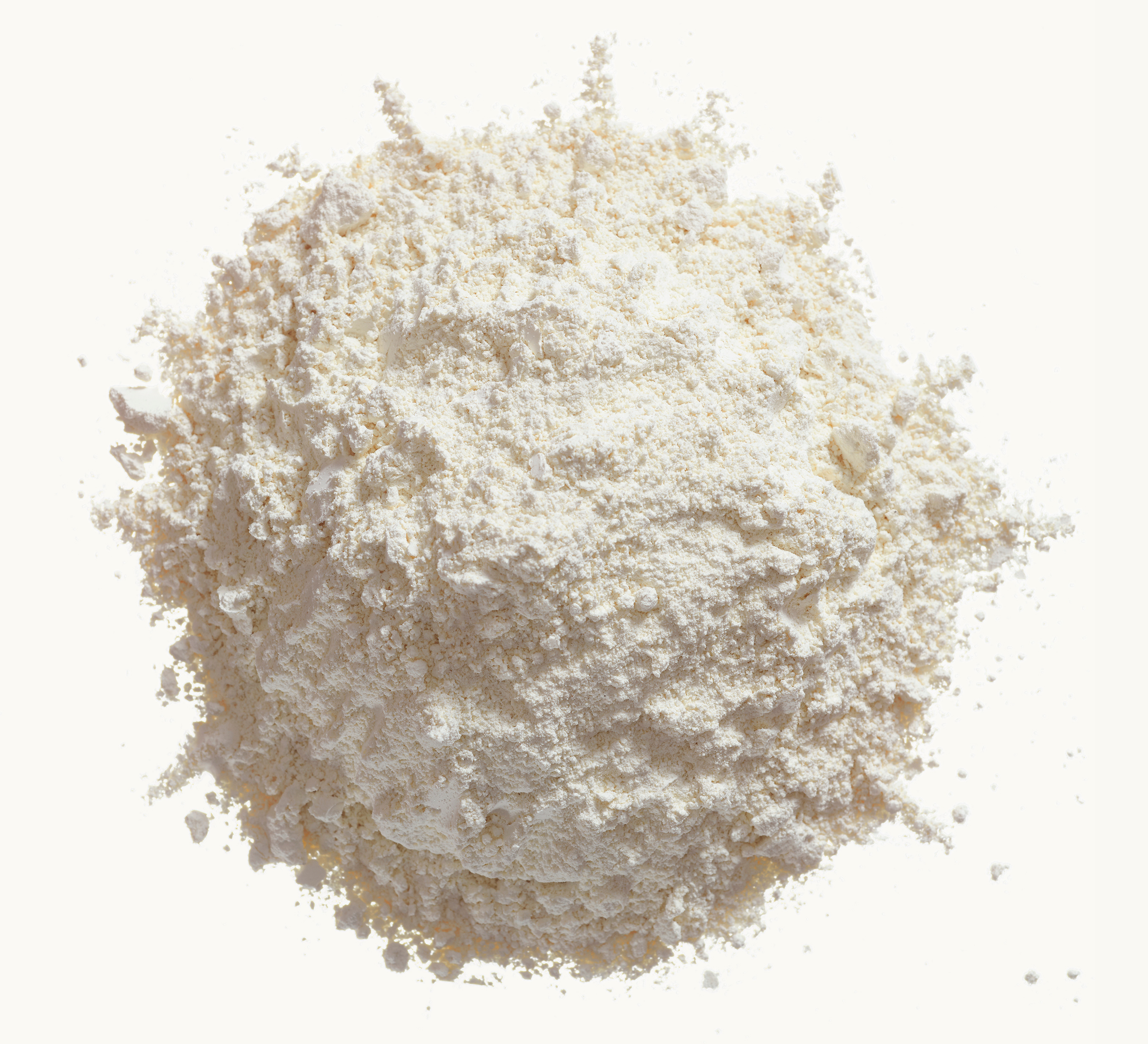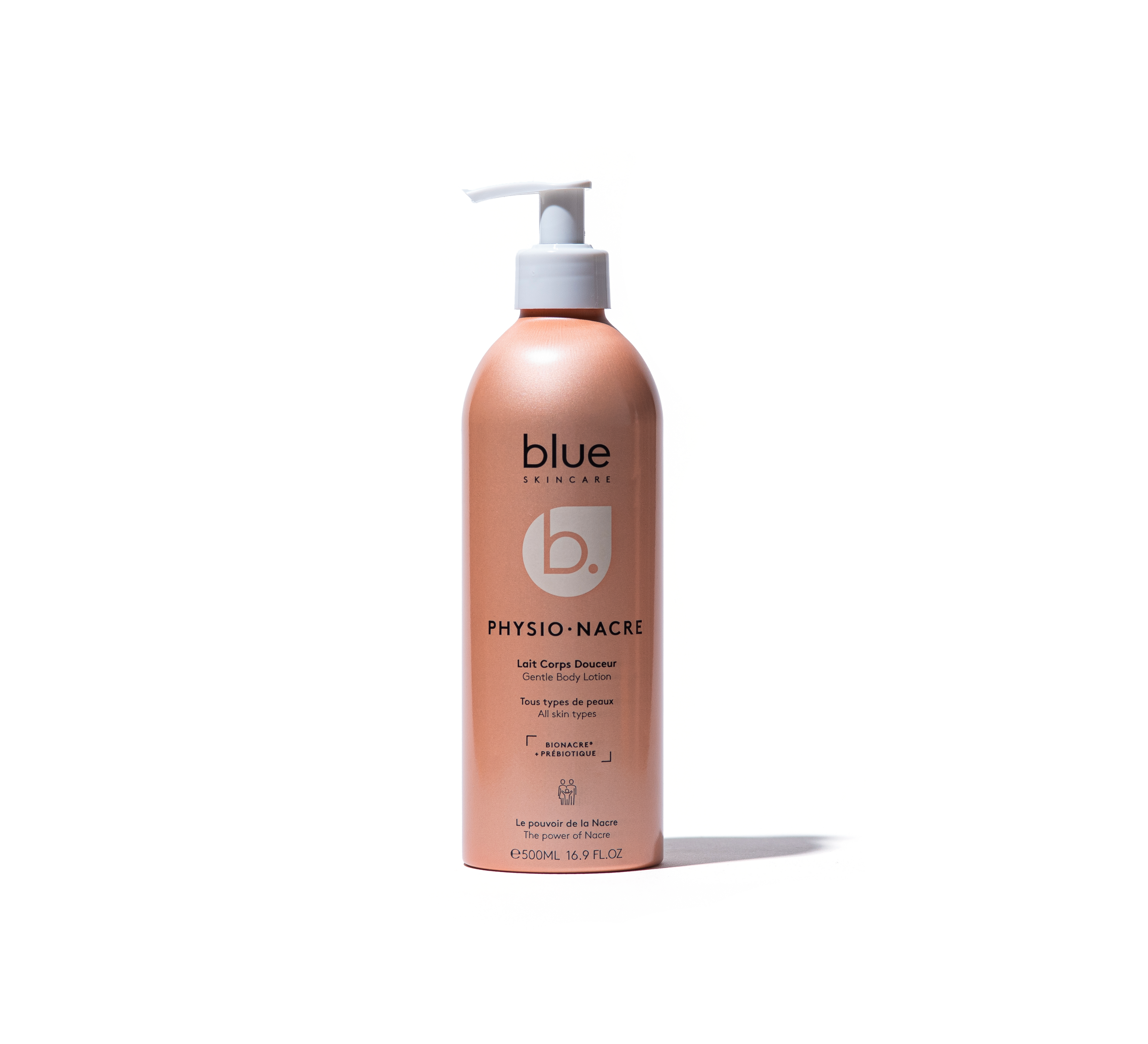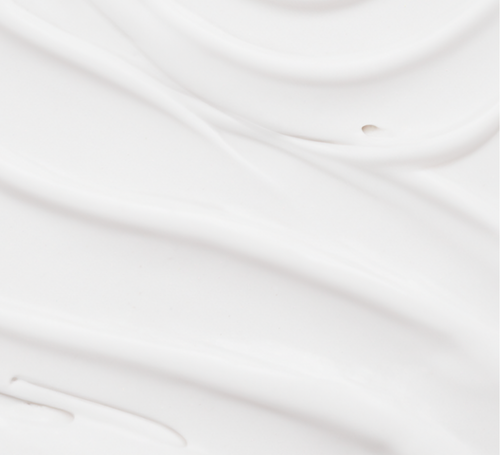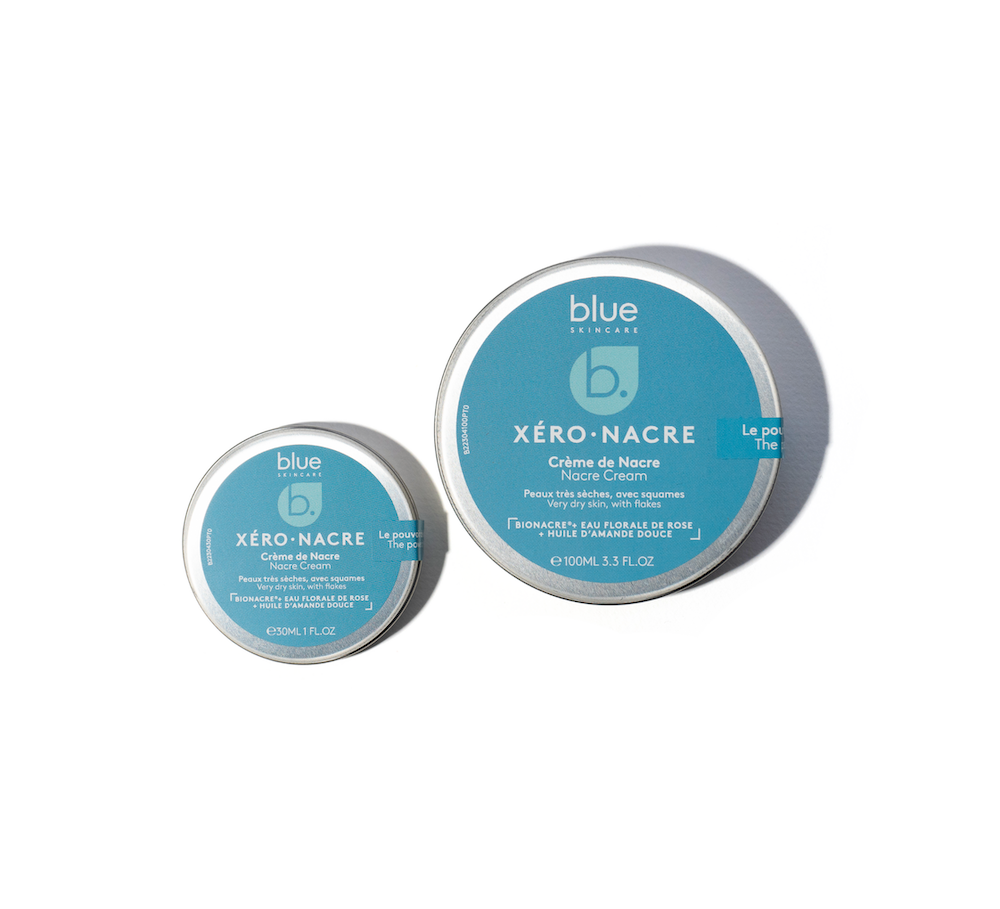If luxury and sustainable development seem totally incompatible at first glance, the reality is more complex. Synonymous with quality and sustainable objects, the luxury sector must set an example, under pressure from its future customers and market observers.
When luxury is associated with a world of excess and prestige, accessible to a privileged minority, sustainable development induces an idea of general responsibility and more reasonable consumption. At first glance, the two seem contradictory. And in fact, more than 56.7% of French luxury buyers consider them contradictory*. However, the CSR demand for the sector is growing, as already highlighted in the 2018 Boston Consulting Group (BCG) report. Luxury customers, associations defending environmental or social causes, CSR rating agencies, ethical investment funds: all scrutinize the smallest actions of the luxury sector.
Luxury: ostentatious and useless or beautiful and sustainable?
A new definition of the luxury object is needed.
What is a luxury item?
This is the first stumbling block. According to the same study by Jean-Noël Kapferer and Anne Michaut*, the luxury/sustainable development antinomy is strong for 70.2% of those for whom luxury means what is expensive and for 68.4% of people who define it as what is rare. On the other hand, those for whom luxury means an exceptional level of quality are only 48.2% to see a contradiction.
Because, originally, what defines a luxury object is:
– rarity: produced in small quantities, it does not exhaust the reserves of natural raw materials, the preservation of which ensures the sustainability of the profession
– craftsmanship: partly carried out by hand, it preserves quality know-how
– durability: unlike fast fashion , it is made to last
From craftsmanship to the luxury industry
The problem is that while a few houses maintain an artisanal activity with family businesses with rare know-how, the majority has become a luxury industry, driven by groups listed on the stock exchange, concentrating in their portfolio a myriad of brands ranging from fashion to spirits to beauty.
From value to values
In the 80s
While this is still the case for many luxury consumers, a study by the Boston Consulting Group (BCG) identified a new profile among major luxury buyers in 2017, called "social wearers", who show a strong attachment to ethical and environmental issues in their relationship with brands, and whose market share has doubled in five years.
Finally, according to an Ipsos survey, 68% of 18-34 year-olds in Europe believed in 2020 that a luxury brand should have ethical and ecological commitments. When we know that, still according to BCG, "80% of luxury growth comes from 23-38 year-olds", we understand the crucial issue that the rise of new practices - and making it known - represents for luxury groups.
From obligation to awareness of luxury groups
An approach dictated by the authorities but also by the companies themselves, internally.
Guided by an obligation
The CSR obligation has caught up with luxury groups like all companies. The CSR reporting obligation was introduced in France by Article 116 of the New Economic Regulations (NRE) Act of 2001 for listed companies, then extended in 2011 by the Grenelle 2 Act to those with more than 500 employees or generating a turnover of more than 100 million euros. Since the Pacte Act of 2019, annual "extra-financial reporting" affects almost all companies and communities. This involves the publication of information related to 42 items divided into 3 themes: social, environment, commitments to sustainable development.
Luxury companies had no choice but to look at their balance sheets, more for risk management than out of conviction at the outset. Especially since investment funds and financial analysts also exerted pressure: when you charge such prices, the risk of seeing your reputation tarnished is maximized. There is no question of being singled out by an NGO, or a whistleblower, and seeing your rating fall.
A paradigm shift
In order to safeguard their reputation, French luxury groups have audited their value chain and defined sensitive areas and priorities since the end of the 1990s, from sourcing materials to manufacturing, from logistics to stores.
This is how, for example, luxury leather brands were the first to question tanning processes that are polluting and dangerous for the health of artisans.
In jewelry , they were the first to join the Kimberley Process Certification Scheme (in South Africa) in 2003, which prohibits the sale of uncertified diamonds from war zones.
To prevent any crisis, some have even preferred to take the lead by deciding to no longer sell fur or products made with exotic skins, because they could not guarantee the source.
Strong commitments from all luxury groups
Each group in the luxury sector has established its own approach
Kering, François-Henri Pinault's group

Owner of Gucci, Yves Saint Laurent and Balenciaga… François-Henri Pinault's group was the first to appoint a "Sustainable Development Director" in 2010 and to publish an "environmental income statement" to measure the impact of its activities on the environment, from the manufacture of products to their sale. With its "CARE" program, the group promises to reduce its CO2 emissions by 50% by 2025 and aims for 100% of its suppliers to meet the standards defined by the Group in terms of reducing the environmental footprint, traceability, animal welfare, use of chemicals and working conditions. The Gucci brand had already announced in 2019 that it would be carbon neutral. Among its developments, Kering is investing in biotechnologies to develop an ecological and ethical leather made in the laboratory, from living animal cells.
LVMH, Bernard Arnault's group
In 2012, the group with more than 70 brands (Sephora, La Samaritaine, Le Bon Marché, Louis Vuitton, Guerlain, Dior, Céline, Fendi, Chaumet, etc.) presented its Life 2020 environmental program, extended in 2019 by the Future Life program, making the preservation of biodiversity, the fight against climate change, the circular economy and traceability priority issues. Bernard Arnault's Group is committed to ensuring that in 5 years, 100% of strategic raw materials will be certified by means that preserve ecosystems and water resources. The LVMH Group is also launching regenerative agriculture programs, such as the reforestation of vineyards. It should be noted that this group has committed to reducing its carbon emissions linked to energy consumption by 50% by 2026, as well as to powering its stores and sites exclusively with renewable energy. Finally, the company assured that its Houses would no longer use virgin plastic in their packaging by 2026.
To this end, British designer Stella McCartney , a pioneer in environmental and animal rights advocacy – and just released from the Kering group's stake in her brand – has been appointed special advisor on sustainable development to Bernard Arnault.
The creation of the Fashion Pact
At the G7 Summit in Biarritz in 2019, the Fashion Pact was created at the initiative of François-Henri Pinault, bringing together 56 companies and 250 brands including Kering, Hermès, Chanel. The objective: to stop global warming, restore biodiversity and protect the oceans.
Concrete examples within luxury brands




Luxury brands have understood that they must act quickly with visible initiatives
Prada, Burberry, Chanel and Giorgio Armani have all given up fur in recent years.
In the Kering group, the Saint Laurent and Brioni brands were the last two to use animal fur – Gucci, Balenciaga, Bottega Veneta and Alexander McQueen had already given up on it. This will be over as of the fall 2022 collections, the group announced in September 2021. At the same time, singer Billie Eilish made it a condition to the Oscar de la Renta label, in order to wear one of her dresses to the prestigious Met Gala, that the House stop selling real fur.






At Cartier and Boucheron in particular, all gold is traceable.
Richemont , the Swiss luxury group, launched the Baume brand in 2018, which manufactures watches without any animal material or precious stones, entirely from recycled products, limiting logistics as much as possible to reduce the carbon footprint and avoid the destruction of stocks.
Ilaria Fendi launched Carmina Campus, which makes luxury bags from recycled materials, while Stella McCartney is banking on synthetic or vegetable leather.



In the beauty sector , luxury brands ( Dior and Guerlain at LVMH, Lancôme or Armani at L'Oréal, Chanel ) have switched to clean extraction processes, green chemistry and have audited their raw material suppliers, their manufacturing plants, while setting up ethical supply chains. Luxury beauty brands rely on NGO support programs, and are starting to clean up their formulas. The fact remains that it is very complicated to meet both the objectives of "clean" formulas and the criteria of sensoriality and pleasure of use requirements of luxury consumers!
Luxury without beautiful packaging, is it possible?
Packaging is an integral part of a luxury brand's DNA. It must reflect its image and status. And this is all the more true when e-commerce is growing and replacing the in-store experience, and opening packages almost live on social networks has become the norm. But in this CSR evolution, can we continue to multiply packaging, which is certainly status-based, but costly and superfluous?
What about jewelry boxes, with lots of ribbons, boxes and pouches? Tons of glass perfumes, which require boxes with multiple wedges? Beauty objects that have to be heavy in plastic to give the sensation of luxury?
The eco-designed pack revolution

Eco-packaging is also developing in luxury. Recyclability is becoming the norm, boxes are freeing themselves from plastic, glass is recycled and recyclable, inks are vegetable-based, metal incorporates recycled aluminum. We are reducing the weight of packaging for a more virtuous approach, but also over-packaging.
For example, the new molded shell of Ruinart champagne required two years of research and development. It is eco-designed, contains no plastic, is 100% recyclable and nine times lighter than the boxes previously used .
In beauty, a challenge




In beauty, where the packaging is part of the product, luxury brands are also switching to eco-packaging.
For the secondary pack (the outer cardboard), we are gradually removing the instructions and cellophane, the wedges and little by little the pouches that wrap the makeup products.
Perfume is refillable: Mugler, with Angel (at the time a license of the Clarins group) had revolutionized the world of perfume in the 90s by creating the Sources, where you could refill your empty bottle. Now, at Guerlain, Abeille bottles are filled at the perfume fountains in stores. This is also the case for Louis Vuitton fragrances since their launch in 2016. At Dior, the Sauvage perfume exists in a refillable version in an aluminum can. Just like the H24 perfume, the latest from Hermès. And the Chanel N°5 perfume will be the first perfume bottle to incorporate recycled glass while retaining its purity and transparency thanks to the work of the glassmaker Pochet Du Courval. In 2022, all the other perfumes of the brand will follow the same path.
Luxury cream pots and lipsticks are also becoming refillable. La Bouche Rouge has chosen noble materials (metal, leather) and a customizable and refillable pack for its lipsticks, then its powders. The Rouges d'Hermès were designed this way from their launch, the Rouge Dior becomes this way this year. Finally, Guerlain, Sephora and more and more cosmetics stores offer the collection of empty products for recycling.
The world of luxury is by definition greedy for rare and expensive resources . Under the spotlight and needing to prove its good intentions to both its customers and its investors, this industry is working to improve its carbon footprint and transparency and to make its environmental footprint as virtuous as possible, going so far as to reintroduce and protect plant species.
The fact remains that their buyers still expect dreams, creativity and exuberance from luxury brands, which often seem to contradict clean in the broad sense.
*Jean-Noël Kapferer and Anne Michaut, “Luxury and sustainability: a common future? The match depends on how consumers define luxury”, Luxury Research Journal
